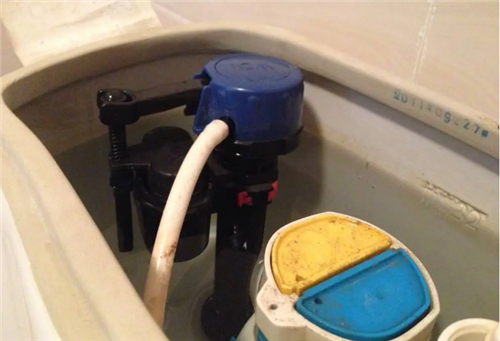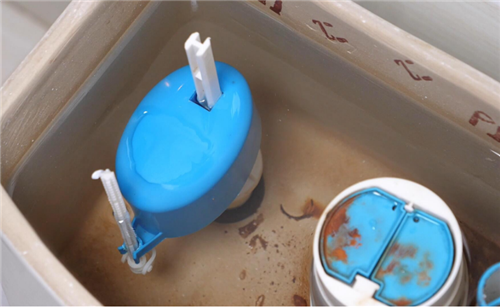Welcome To Hawkrown Professional
Are You Visiting As A Business Buyer (wholesaler/retailer) Or A Homeowner?
Business Buyer
Continue Here >Homeowner
Shop Retail Store >
Home / Blog Center / Chargers / How the Toilet Tank Works: An Overview of Its Construction
12/12/2024 | Hawkrown
The toilet is one of the essential sanitary facilities in daily life, and the water tank is an important component of the toilet. The structure of the toilet water tank includes the following parts:
1、Inlet Valve
The inlet valve is one of the important components of the water tank and is a key device in controlling the toilet's flushing. The inlet valve regulates the amount and timing of water, and it is generally made of metal or plastic. The water level float in the tank works in conjunction with the inlet valve; when the float rises to a certain level, the inlet valve automatically shuts off, stopping the water flow to the toilet. The design of the inlet valve must be flexible and reliable to ensure normal flushing of the toilet.

2、Bottom Valve
The bottom valve is the outlet of the water tank and is responsible for controlling the flushing action. The bottom valve is typically installed on the outlet pipe at the bottom of the water tank and controls the water flow through rotation or pressure. The design of the bottom valve should consider the uniformity and stability of the water flow to ensure effective flushing of the toilet. Modern toilet water tanks often use plastic for bottom valves, which provides resistance to corrosion and wear.
3、Flush Button
The flush button is the mechanism for operating the toilet flushing, and it is also an important functional component of the water tank. The design and form of the flush button are diverse, with options like one-button, two-button, or foot-operated styles, to meet different user habits and needs. The flush button is generally located on the top of the toilet and works in conjunction with a connecting rod and the flushing mechanism inside the water tank to achieve the flushing function of the toilet.

4、Flush System
The flush system is the core technological component of the toilet tank, implementing the flushing function through the collaborative work of several components mentioned above. The flush system generally includes the water supply valve, bottom valve, and flush button, which work together to adjust parameters such as water volume, water pressure, and time to achieve the best flushing effect. Currently, most flush systems adopt an efficient water-saving design to conserve water resources.

5、Water-Saving Device
The water-saving device is an essential part of the modern toilet tank. On one hand, it reduces water consumption, and on the other hand, it aligns with environmental protection principles. Common forms of water-saving devices include water level sensing floats, flow rate limiting devices, and fixed-volume flush devices. The water level sensing float can detect the water level in real time and close the water supply valve when the water level in the tank reaches the set level, achieving water conservation. Flow rate limiting devices reduce water volume by restricting the speed of the water flow. Fixed-volume flush devices use a pre-set amount of water to flush the toilet, preventing waste.
6、Overflow Prevention Device
The overflow prevention device is an important safety feature of the toilet tank; it can prevent waste and damage caused by tank leaks. The overflow prevention device is typically located on the side or bottom of the tank and automatically shuts off the water supply when the water level exceeds a preset range. Common overflow prevention devices include leak detectors, valves, and electronic controllers, which can effectively detect leaks in the tank and take appropriate measures promptly.

Summary:
This concludes our introduction to the structural components of toilet tanks. As a crucial part of the toilet, the tank features various structures and functions to meet people's demands regarding water usage, conservation, and noise levels. From the water supply valve, bottom valve, and flush button to the flush system, water-saving devices, and overflow prevention devices, each component plays an important role.
Are You Visiting As A Business Buyer (wholesaler/retailer) Or A Homeowner?
Business Buyer
Continue Here >Homeowner
Shop Retail Store >